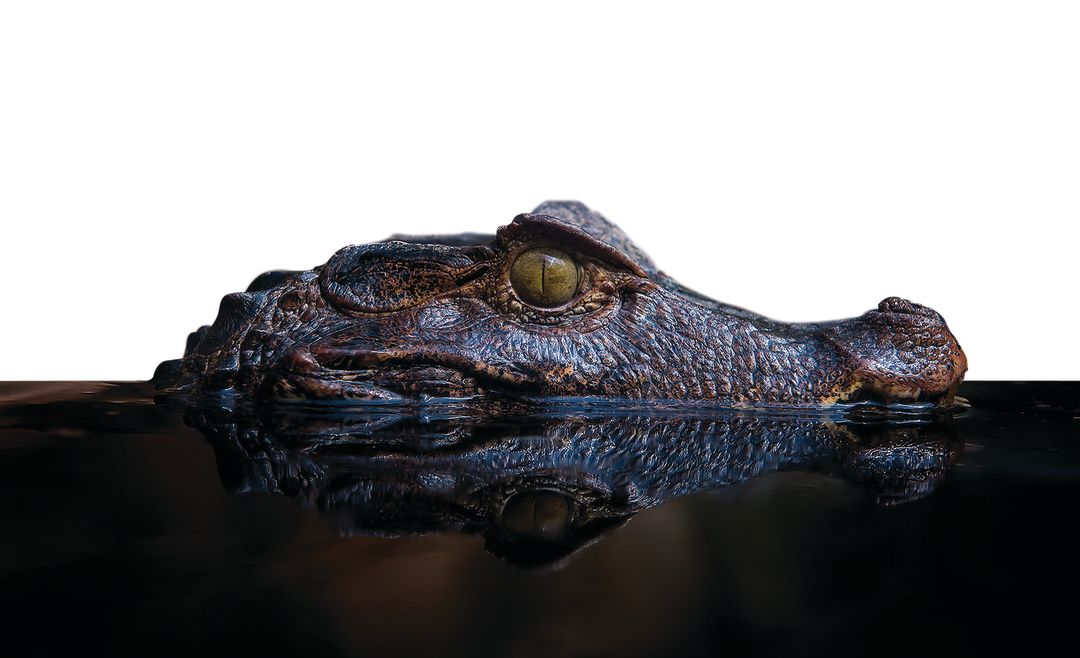What We Can All Learn From the Disney World Alligator Attack

Image: Shutterstock
On June 12, 2016, 2-year-old Lane Graves was in the “happiest place on Earth.” Disney World. Lane’s family had come from Nebraska and was staying at the Grand Floridian Resort overlooking the Seven Seas Lagoon. Lane was wading in a few inches of fresh water while his parents watched.
Without warning, an alligator charged, dragging Lane into deeper water. The father tried to pry him from the alligator’s jaws, but the alligator and Lane disappeared beneath the murky water.
A day later, Lane’s lifeless body was found about 20 yards from shore. The alligator had done what alligators instinctively do. Find food. Snatch food. Take food underwater until any movement stops. Store food. Eat later.
Alligators can’t chew as we do. Their jaws don’t move side to side. They must chomp a piece and swallow in one gulp. Water softens the kill and makes it easier to divide and swallow.
The official report says Lane Graves drowned as the alligator held him underwater until he stopped moving. His death was added to the list of attacks in Florida. State records kept since 1948 show 348 attacks on humans, and 24 fatalities.
Alligators are Florida’s oldest reptile, dating back to the dinosaurs. Florida has been their home long before Indians built chickee huts and developers drained swamps for sprawling suburban development. In her book on Florida’s Indian medicine men, Alice Micco Snow notes that “alligator bites” were their top concern.
Before they made the endangered species list in 1967, alligators had become fashionable, their hides made into purses, belts, suspenders, shoes. Where once there were millions in Florida, there were only about 300,000 by 1967. Today, they number about 1 million. And any body of fresh water, including here in Southwest Florida, can be home to one or more.
Nick Wiley, executive director of the Florida Fish and Wildlife Conservation Commission, says most alligators stay away from people. He says the Disney World alligator “likely confused the small child for a dog or a raccoon. People, even small people, are not their typical prey.” It’s also possible some Disney World alligators had lost their fear of people because visitors had often fed them. Some visitors told the press they toasted marshmallows over fire and then tossed them to the alligators in the water.
Each incident could be a lesson. In many of the cases, as a kindergarten teacher might put it, “Someone made a bad decision.”
Sharon Holmes was a fit 16-year-old visiting Oscar Scherer State Park just south of Sarasota on Aug. 16, 1973. Dusk was turning to darkness when she decided to swim from shore to a platform in the middle of a body of water. She never made it. The alligator that snatched her as she swam was killed. It was more than 11 feet long. Big gator. Lesson: Don’t swim in water that could be home to alligators at dusk or in darkness.
That lesson was similar in the case of Michelle Reeves, 20. It was after midnight on Sept. 26, 2004 when she decided to take a swim in a retention pond at Lee Memorial Health Park. The alligator that took her that night was almost eight feet long.
Kevin Albert Murray, 41, had finished some yard work on July 15, 2005 when he decided to cool off by jumping into a Port Charlotte canal. A gator more than 12 feet long killed him.
It’s not necessary to be in water for an alligator to attack. They routinely eat wading birds, raccoons, even dogs that walk along a shore near them. On May 10, 2006, Yovy Suarez Jiménez, 28, was jogging when authorities say she stopped “to dangle her feet in a canal” in Broward County. Construction workers found her dismembered body the next day. Her arms were found inside an eight-foot alligator. The medical examiner concluded that she was attacked on land and dragged into the canal.
Death isn’t always so immediate. Janie Melsek, a landscaper, was pruning bushes on Sanibel Island on June 21, 2004 when a 12-foot alligator lurched from adjacent water and snatched her. Melsek escaped the alligator’s grip. But she had puncture wounds from the alligator’s 80 teeth. Doctors later said an alligator’s mouth is about the dirtiest place imaginable. Bacteria thrive there. Despite intensive care, Janie Melsek died of infection days after her alligator encounter.
The best way to encounter a Florida alligator is at an attraction that puts a wall between you and the animal. Sarasota Jungle Gardens has a daily reptile show with alligators. Gatorland, near Orlando, features an entrance shaped like an open alligator mouth. On the Tamiami Trail between Naples and Homestead, Seminole and Miccosukee Indians wrestle alligators for tourists. Their techniques have been passed down through generations, but even they sometimes suffer injuries. Don’t try this sport at home.



